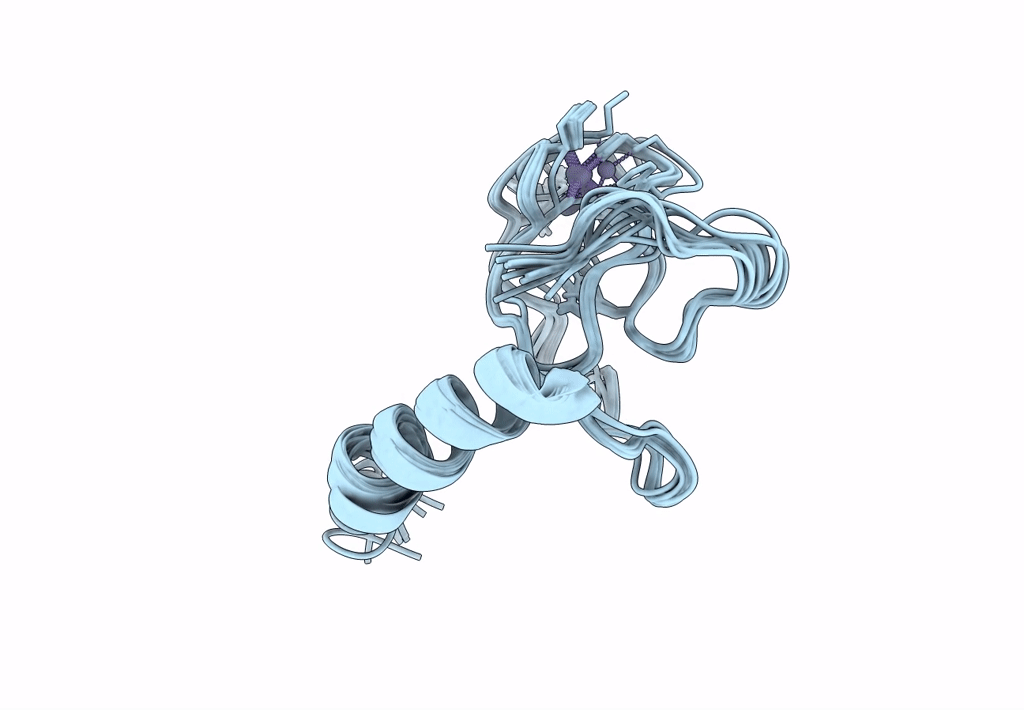
Deposition Date
2023-03-06
Release Date
2023-08-30
Last Version Date
2024-05-15
Entry Detail
PDB ID:
8IM5
Keywords:
Title:
Solution structure of the mouse HOIL1-L NZF domain in the free form
Biological Source:
Source Organism:
Mus musculus (Taxon ID: 10090)
Host Organism:
Method Details:
Experimental Method:
Conformers Calculated:
250
Conformers Submitted:
10
Selection Criteria:
structures with the least restraint violations


